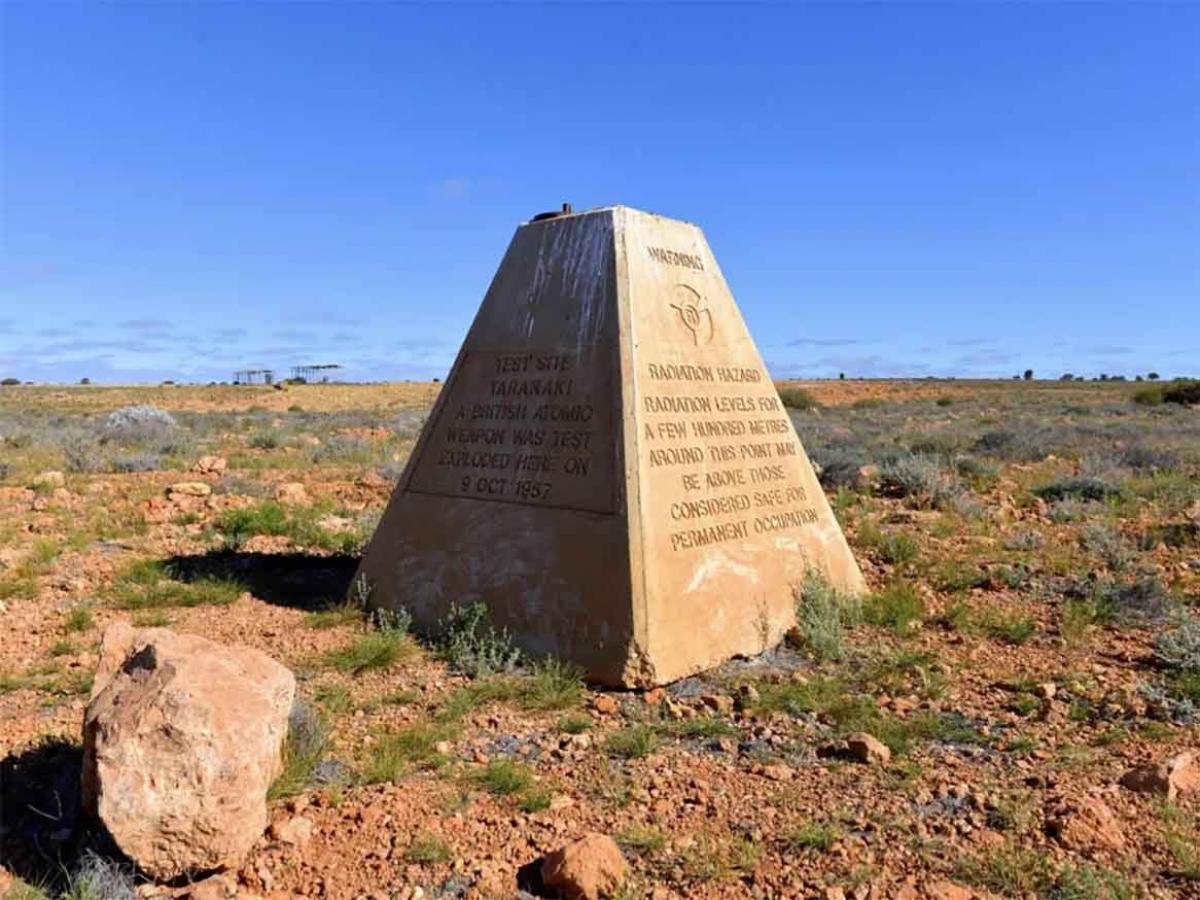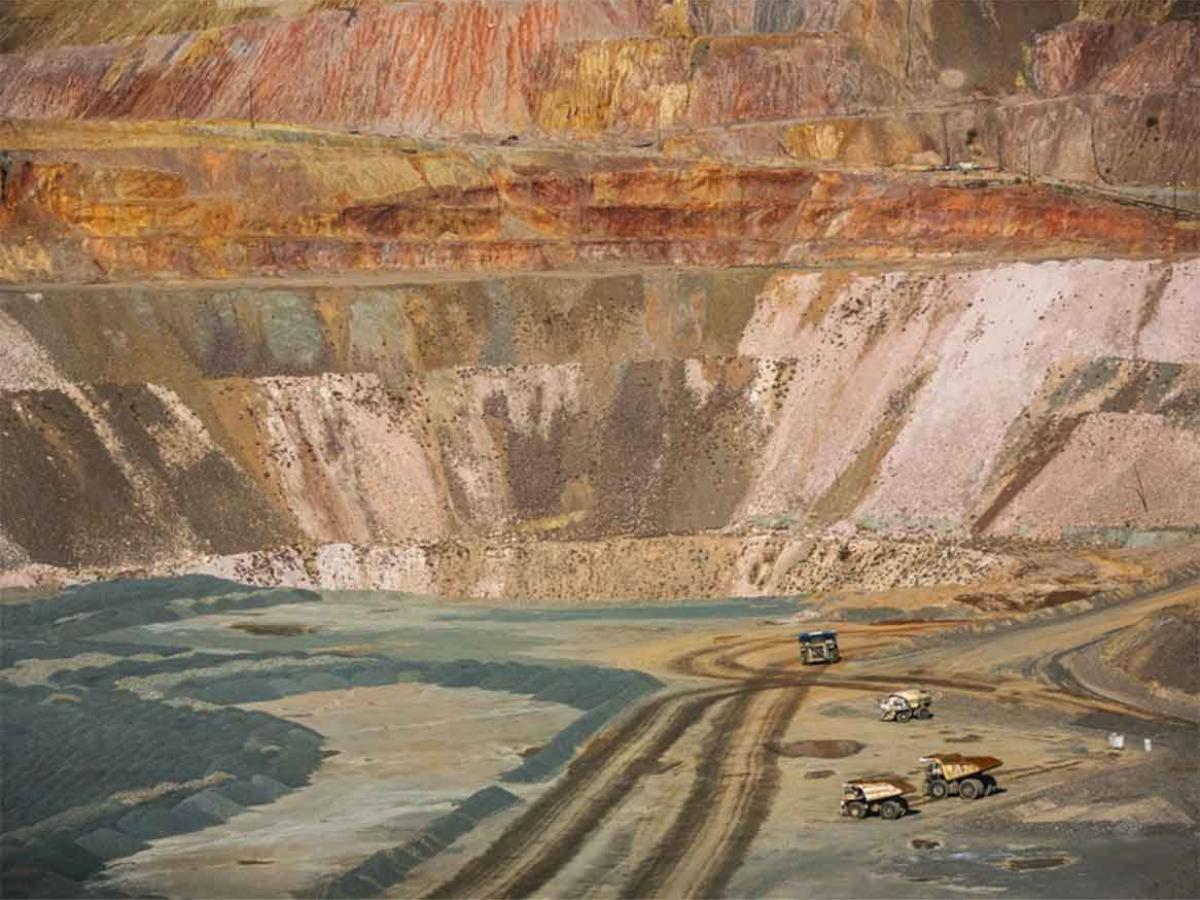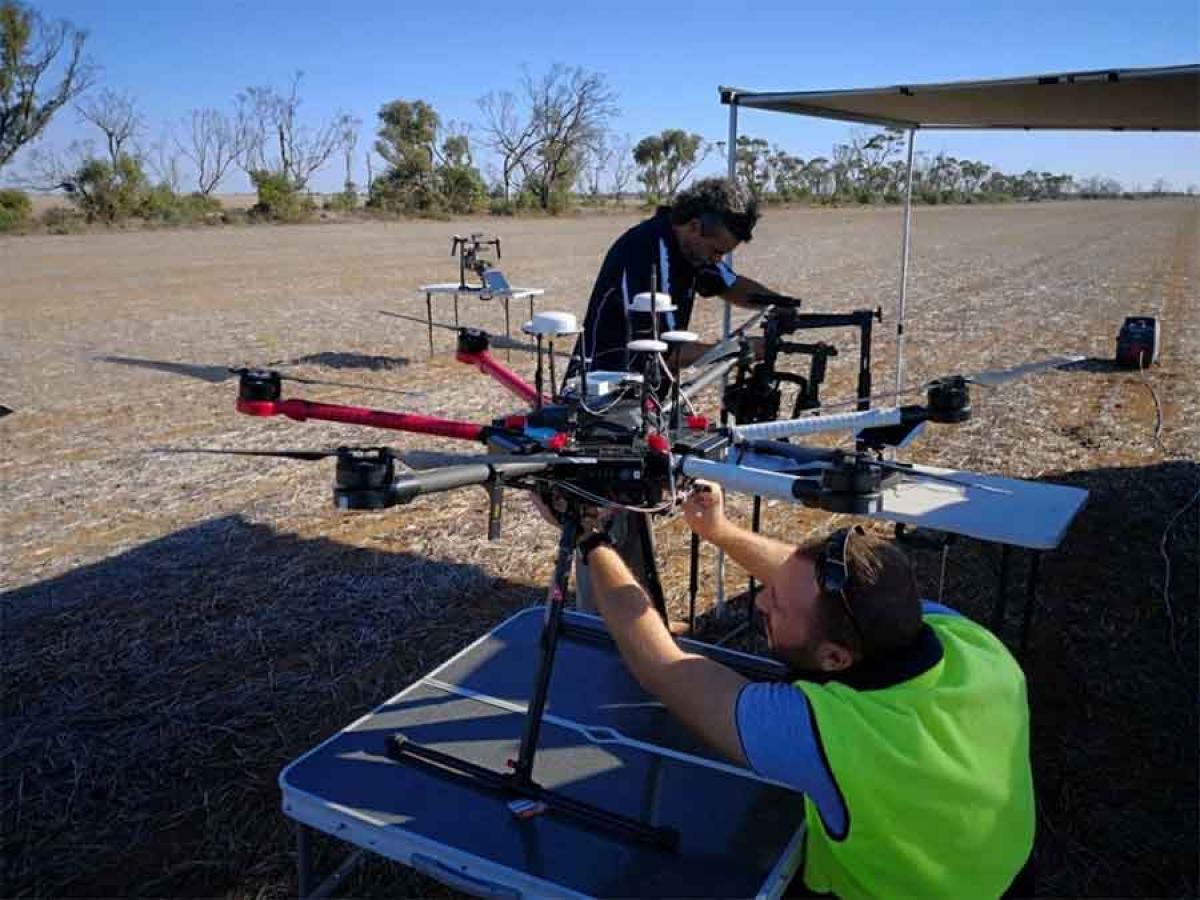Research
The CRREI is providing and growing a network throughout Australia to develop collaborative research grant opportunities. This builds on the success of the Aust. Cu-U Research Hub, which focused on energy minerals and critical minerals. CRREI has now expanded it's research and education across multiple sectors.
Exemplars
In 2020, the CRREI commenced a collaboration with CSIRO, the South Australian Government, and ANSTO, initiating a radiation research project into bush food biosphere modelling. This data is particularly important for use in future environmental impact statements and potential landscape remediation strategies.
The CRREI continues to expand research into low dose radio-biological effects such as radon effects in the lung, a particularly important topic for underground mining operations. This is a 5 year collaboration between CRREI, Flinders University, the Northern Ontario School of Medicine, and the Ontario Nuclear Innovation Institute
-
Modelling human exposure to radiation

Commencing in 2020, the University of Adelaide and CSIRO are jointly funding a PhD student to undertake the research necessary to develop a human exposure model.
This project is conceptualising and modelling human exposure to sources of radiation in arid and semi-arid Zones of Australia.
Indigenous communities in Australia are exposed to both natural and anthropogenic sources of radiation while they traverse the landscape.
Natural sources are due to the naturally occurring radioisotopes in soil, rock, water and air. Anthropogenic sources may include uranium and rare earth mining (for example, mine areas and tailings) and the residual above-background radioactivity from past nuclear bomb tests (for example, Maralinga).
There is currently no quantitative tool available to assess the total dose from exposure to such sources of radiation for Indigenous communities because of their unique relationship with the landscape. Our research will deliver such a tool.
The goals are to:
- quantify the annual radiation dose from exposure to sources of radiation
- have applicability to arid and semi-arid zone environments
- capture Indigenous peoples’ exposure pathways in the natural landscape
- collect biosphere data representing radio-isotope uptake by native food products (‘bush-tucker’).
This study is engaging with Indigenous communities (including Maralinga Tjarutja Corporation) and co-developing a conceptual model of their food systems and how they interact with the natural environment. This will be foundational work that will underpin any further developments of the human exposure model (biosphere model) and exposure risk assessments to sources of radiation (natural and potentially anthropogenic).
-
ARC Research Hub for Australian Copper-Uranium

Researchers from the University of Adelaide, Flinders University, Monash University, and The University of Queensland, along with industry partners BHP and OZ Minerals, are transforming South Australia’s copper industry.
Commenced in 2015, the five-year Hub focuses on these key activities:
- Discovery of new processes to remove non-target metals from copper concentrates, so that ores can be added to typical global pool smelter feeds
- Ensuring new methods are scalable, cost-effective and robust enough to be suitable for operating plant conditions
- Creating and applying highly sensitive radiation sensor technologies, including real-time process control optical fibre sensors and spatially-resolved localisation of alpha-particle-emitting radionuclides
- Transferring these technologies to the mining and mining services sectors.
Globally significant deposits at Olympic Dam, Prominent Hill, Wirrda Well, Carrapateena (and potentially other parts of Australia) are benefiting from the Hub’s work.
-
Deep, high-precision analyses of noble gases
This project is developing and testing new analytical capabilities to measure the isotopic composition of noble gases in fluid inclusions of mineral grains within buried rocks, and potentially determine absolute concentrations of noble gases in fluid inclusions.
Crustal setups on continents differ due to their origin and genesis. Deep fluids migrate through the systems, allowing minerals and mineral resources to grow. When analysing a system for potential deep disposal of supercritical carbon dioxide (carbon geosequestration) or nuclear waste, it is critical that there has been no groundwater flow for millions of years. Risk and safety assessments need to demonstrate sufficiently long isolation times of the disposed wastes from the biosphere.
Noble gas isotopes are a key way to derive absolute timescales when investigating the deeper continental crusts. They provide insights on rock genesis, mineral compositions and their interactions with rock fluids. And they allow us to investigate the mechanisms and timescales of mineral transformation, the timescales of fluid migration and transport of dissolved constituents, and even the role of primitive forms of life.
-
Real-time radionuclide sensor now available
A novel class of fibre optic-based sensors has been developed by the team at the ARC Research Hub for Australian Copper-Uranium.
The sensors allow us to detect and quantify radionuclides in mineral processing fluids in real time. Two variants have been developed, based on scintillation polymer fibres, specialised for either:
- alpha-particle detection
- beta-particle detection.
Each has a current detection limit of < 1 Bq/ml.
The Hub has also created novel, doped-silica materials to use in characterisations in extremely low level radiation detections. We have drawn the materials into optical fibres to make low-level distributed radiation detectors, and we have tested their photo- and radioluminescence response, optical properties and robustness. Alpha and beta particles have been detected down to 0.15 Bq/ml and 0.1 Bq/ml in solution, respectively.
A program is also underway to integrate the sensors with a custom gamma ray spectrometer. The goal is to create a ‘3-in-1’ real-time sensor to detect alpha- and beta particles and gamma radiation during mineral processing, allowing comprehensive process control.
-
Alpha-particle autoradiography - spacial localisation of alpha emitters
In mineral processing, it is critical for safety reasons to understand the behaviour of uranium daughter radionuclides, such as Pb-210 and Po-210. This is possible by investigating the deportment of alpha-particle emitting radionuclides in solids on the micron spatial scale.
Our researchers at the ARC Research Hub for Australian Copper-Uranium have successfully employed alpha particle autoradiography in conjunction with NanoSIMS and various microscopy methods to locate radionuclide-bearing particles on the micron-scale in complex and intermixed mineralogical processing products. They were able to identify host minerals or nanoparticles, creating a new capability to map the mobilisation and re-precipitation of key contaminants in mineral processing.
-
3D imaging dosimeters for detecting medical gamma radiation
Researchers have previously used gel phantoms to achieve three-dimensional dosimetry of gamma-ray therapy beams. But this approach is costly and technically difficult.
Our team is investigating an approach that replaces gel phantoms with solid state OSL detector crystals as a cheaper, more effective and reusable solution. We have already seen promising results with the new method and are now developing it further.
-
Rapid, wide-area radiation mapping using unmanned aircraft

A novel air-borne technique to map radiation field intensity in a large area is being developed based on scintillation technology to detect gamma particles. The technology is suitable for use with unmanned aerial vehicles (UAVs).
This capability can be applied:
- to mapping Naturally Occurring Radioactive Materials (NORMS) on industrial and mining sites
- for radiation emergency response in the event of a radiological incident.
-
Food irradiation detection
We have established the first Food Irradiation Testing (FIT) laboratory in Australia that can detect whether food products have been irradiated.
Irradiation is permitted in Australia within specific ‘absorbed dose’ levels for certain fruits, vegetables, herbs and spices.
The regulations vary in different countries and so there can be market access issues for Australian products. Irradiation is also known to be used illegally offshore to mask foods that have spoiled and subsequently imported into Australia.
The FIT laboratory has three principal applications:
- detecting clandestine irradiation applied offshore as spoilage masking on imported foodstuffs
- monitoring to ensure compliance with dose level orders and regulations onshore
- certification of non-irradiation for export market access.
-
Immunological effects of inhaled radon gas
This project is conducting a novel investigation into the early cellular and immunological effects of radiation damage from environmentally-relevant levels of radon and its decay products (RDPs).
Radon (Rn) is a naturally occurring radioactive gas. A high exposure to radon is associated with an increased risk of developing lung cancer.
Rn-associated cancer risk is generally accepted by countries around the world from a regulatory perspective, however this position is also somewhat controversial. While our industry does not currently understand the molecular and cellular mechanisms of action of Rn and RDPs, effects are hypothesised to include early immunological effects, which may facilitate cancer initiation.
As part of this project, researchers at the Flinders University Pain & Pulmonary Neurobiology Laboratory have recently constructed a world-first Radon Facility customised for administering radon and radon decay products (RDP) to whole animal models and cell culture.
The project is running collaboration with:
- The Prescott Environmental Luminescence Laboratory
- Flinders University
- Northern Ontario School of Medicine.
Funded by:
- Bruce Power
- Nuclear Innovation Institute, Ontario, Canada.
